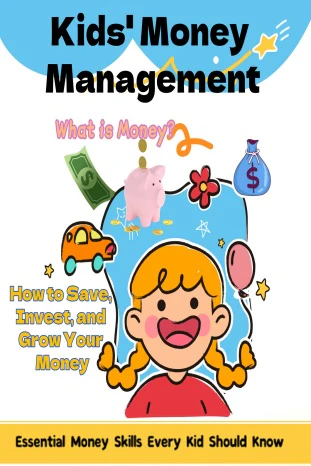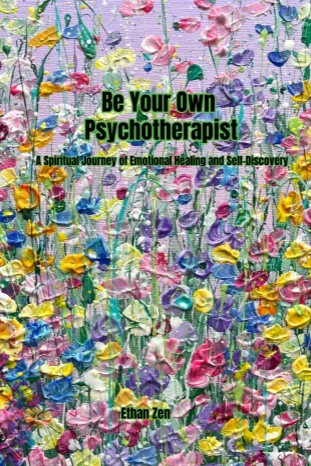The Method That Freed Me from Endless Suffering
Over the weekend, a reader shared a story with me.
The story was simple: she met a guy on social media, they hit it off, and after meeting in person, they started dating and eventually entered a relationship.
However, three months later, the guy started distancing himself, and she too found the relationship dull, leading to a peaceful breakup.
But unexpectedly, after the breakup, she met other guys, yet none of them sparked the same feeling. She found herself missing her ex, so she reached out to him again.
Of course, things didn’t end well. Her obsession grew stronger, and she realized she cared deeply about this relationship that was already gone and regretted not valuing it more.
She asked me, “What should I do?”
I asked, “What do you want to do?”
She replied, “I want to get back together with him.”
I asked, “Why? Just because you’re regretting it now?”
She said, “No, I believe he likes me too. We’re really a good match, and I want him to realize that.”
I replied, “He may have realized that you two are not a good match, or he wouldn’t have left.”
She asked again, “So what should I do now?”
I said, “Let go, and stop bothering him.”
She asked, “What if I can’t?”
I answered, “Then go ahead and keep struggling, but you’ll eventually pay the price for your obsession and learn the lesson.”
I wasn’t being overly polite. I simply didn’t know how many times I needed to repeat these truths or how many articles I needed to write to help those who are deeply stuck in their attachments realize:
You shouldn’t be obsessed with someone you’ve lost, especially not with someone who was briefly in your life.

In Buddhist teachings, attachment is the essence of “the suffering of separation from what we love,” one of the Eight Sufferings. In this impermanent world, people and things can never stay with us forever, and the pain of separation is a common human experience.
The Yogācārabhūmi-śāstra elaborates on attachment, particularly in the context of the Four Noble Truths and the Four Loves, one of which is “attachment to being and non-being”—the attachment to both existence and non-existence.
As humans, we naturally face relationships with a mindset of “existence.” But when a relationship ends and the people involved are no longer present, their existence is no longer real to us. If we continue to cling, it will bring suffering.
This attachment is exactly what Buddhism refers to as “all forms are illusion.” Clinging to something that is no longer there will only lead to futile suffering.
The Four Noble Truths explain that life is suffering, and most people mistakenly take suffering as happiness. Through ignorance, we create the causes of our suffering and mistakenly believe it is happiness. The truth of the cessation of suffering tells us that by eliminating the causes of suffering, we can attain peace and joy.
The essence of Buddhist teachings is to help us see through impermanence, recognizing that everything is dependent on causes and conditions and cannot be controlled. Letting go of attachment is not about denying causality, but understanding the nature of impermanence. Only by releasing attachment can we transcend suffering and reach a state of inner peace.
The Madhyamaka Karika starts with the verse:
“Neither born nor perishing, neither constant nor discontinuous, neither one nor different, neither coming nor going.”
This teaches that we should not be attached to the idea of permanence or impermanence. Life is in constant flux, and we should view it from a middle way perspective, calmly observing the ebb and flow of all things.
Life is like crossing a river—every person or situation that passes through your life is just a ferry crossing. When the boat reaches the shore, you must let go, because no matter how tightly you hold on, your hands will remain empty. There are more seas to cross, or perhaps, none at all. Everything is empty.
- I recommend the book There Is No Suffering to everyone. It provides a detailed analysis of the origins of suffering and clearly explains methods for healing it, helping us break free from pain and live a life filled with joy. Check it out.








